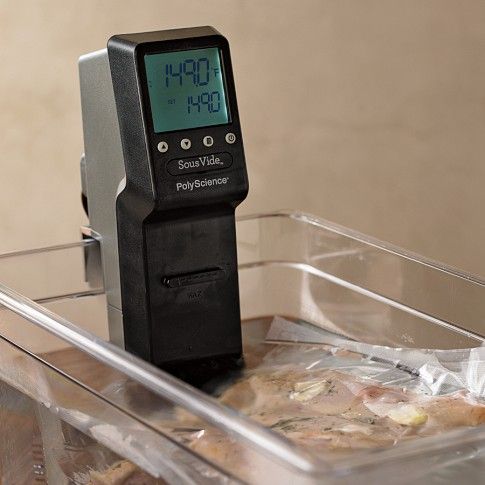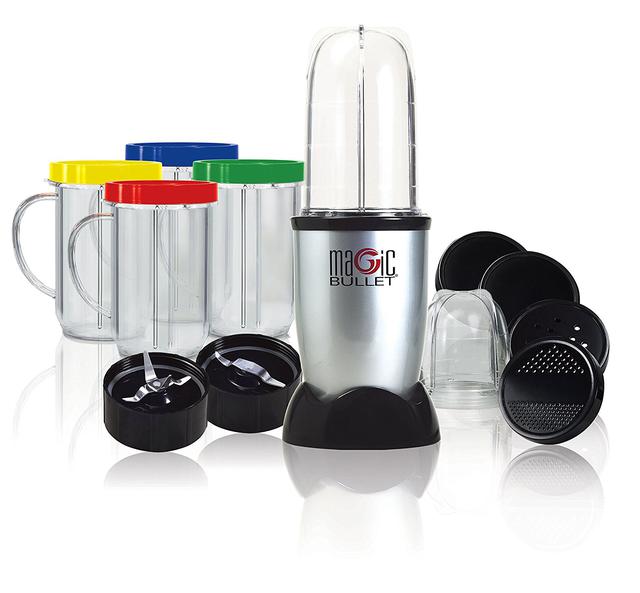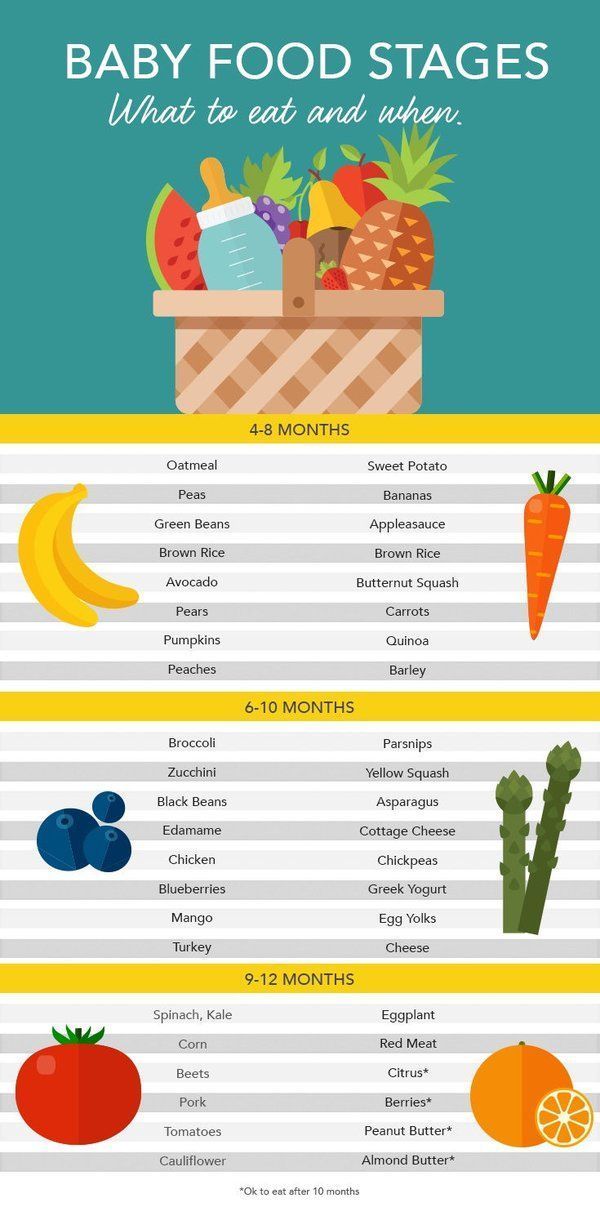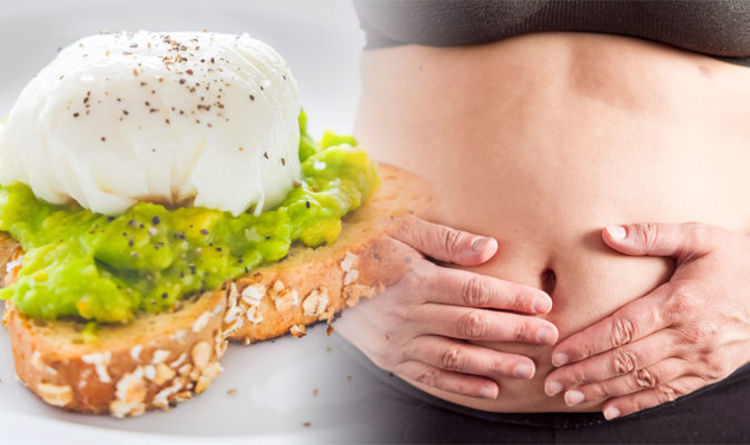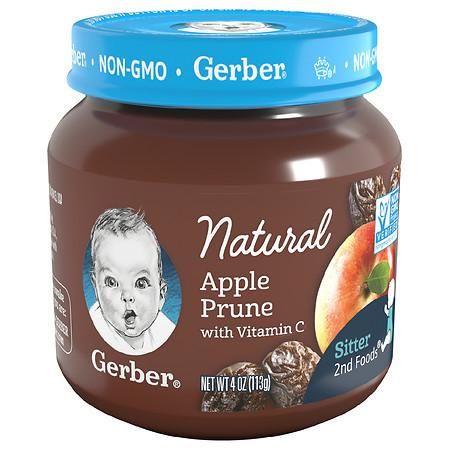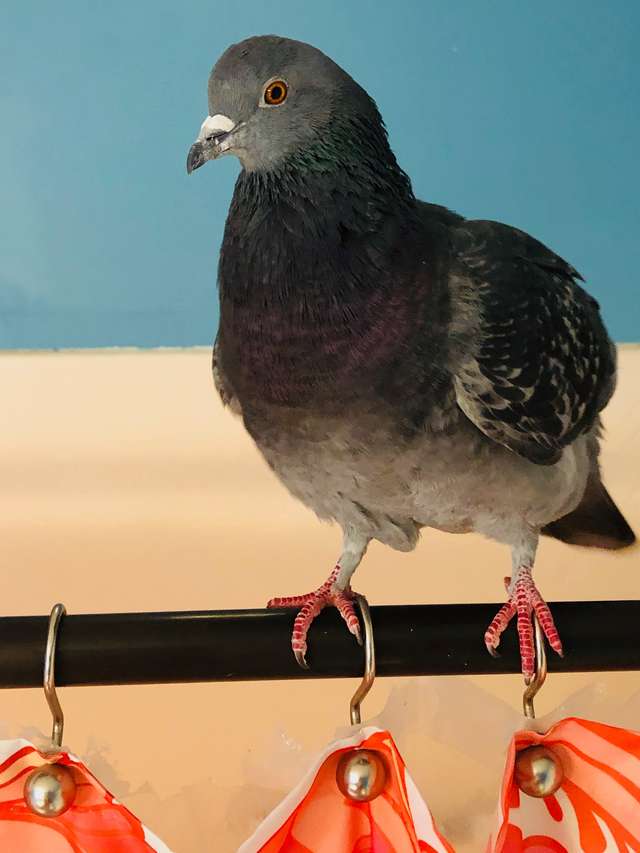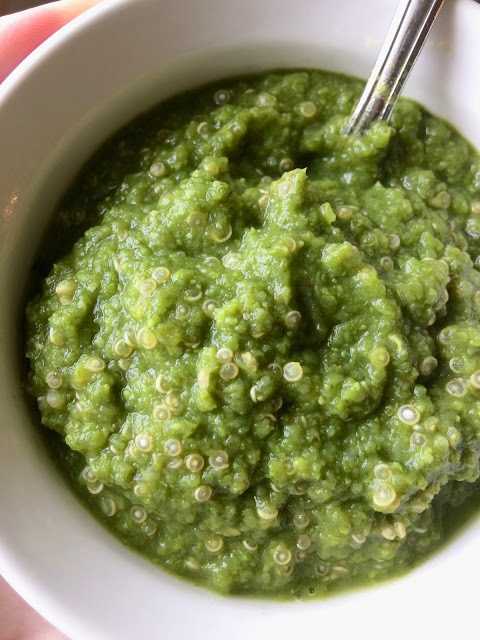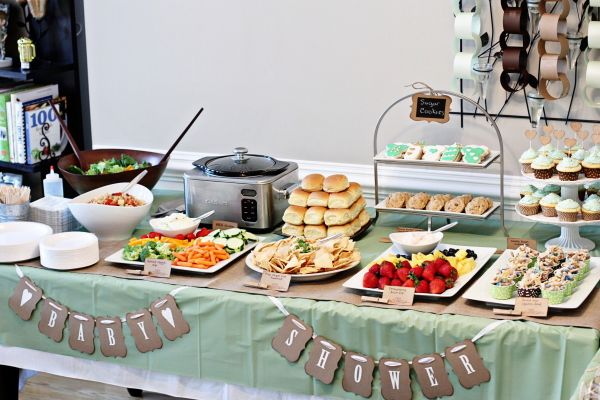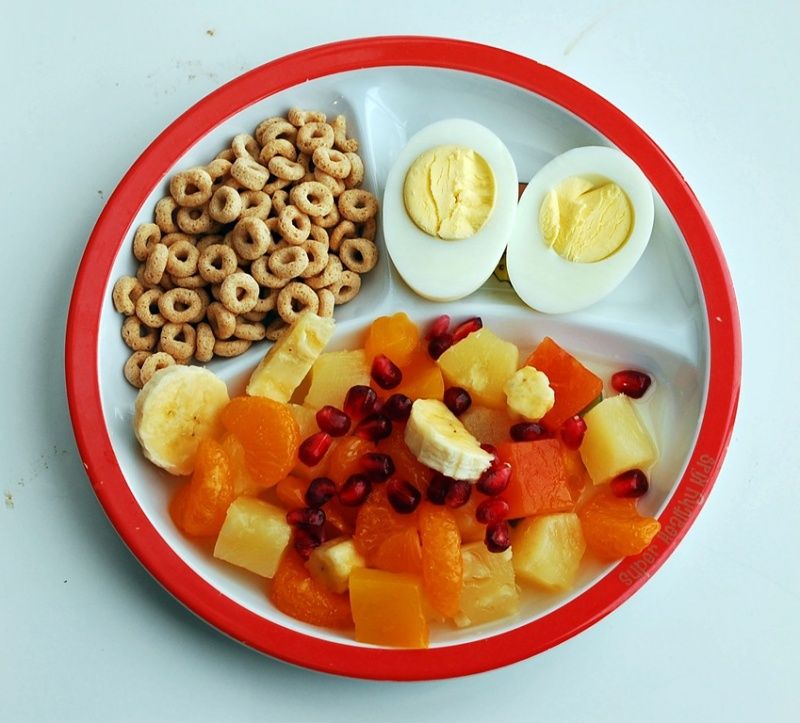Baby food sous vide
Introducing solid food & sous-vide cooking – Kitchen Nani
When my baby reached the 6-month mark she was showing all the tell tale signs (sitting up, showing interest in food, smacking lips…) that she was ready to start eating something other than breast milk. We were so excited to start introducing solid food and we were keen on making all her food at home.
With the help of our doctor, we developed an effective strategy for food introduction. Here are a few of the guidelines/tips that helped us in our journey.
Stage 1. Introducing solids one at a time, 2-3 days in a row
This point is pretty self explanatory, we would introduce one veggie at a time and she would eat this veggie for 2-3 days in a row during the first month.
Depending on the country where you live, there will be different suggestions on what to start with (ex. some suggest to start with baby cereal only, while others advise to start with veggies and introduce cereal a few days later). Remember to follow the guidelines set by your baby’s physician.
Here is a list of some great starter foods:
-Chayotes
-Carrots
-Apples
-Bananas
-Sweet potatoes
-Squash
-Peas and green beans
-Zucchini
Our doctor recommended to start with veggies first and then work our way up to fruit to get her palate used to veggies (since babies tend to prefer fruits over vegetables).
Preparing food
Whether BLW or pureeing, the following approach is very helpful to prepare and store baby food. We found our Nomiku super handy for preparing our baby food. This cooking method allows you to cook different veggies at the same time, and is super efficient in terms of portioning and storage because you can store food in the same container you use to cook it.
1. Get a good selection of fresh (if you can) organic fruit/vegetables.
2. Clean them thoroughly.
3. Cut into small bite sized pieces (you can cut into slightly larger pieces if pureeing).
4. Place food in a 500 ml mason jar, add about 150 ml of water, close lid and place in water bath we found that 90 C for 15-20 min works great for most veggies.
OR
Place food in a food safe bag, displace air and place in water bath.
Soft fruits and veggies (i.e. zucchini, apples, etc) will require about 10-15 min, while harder food (like carrots) will take about 20-25min.
5. Once cooked, remove desired serving quantity along with some cooking water, puree and serve once cooled to about body temp. My mom found these nifty little jars where you can replace the lid with the blade of your blender, blend the food, and then store it.
Storage
If saving prepared food for later use, here are two methods we found useful.
Method 1.
Puree all the sous-vide food, place in an ice bath, then store in the fridge for up to 3 days or freezer for up to a month. Before serving, remove a portion from the container and heat it in a bain marie until it reaches about 36C.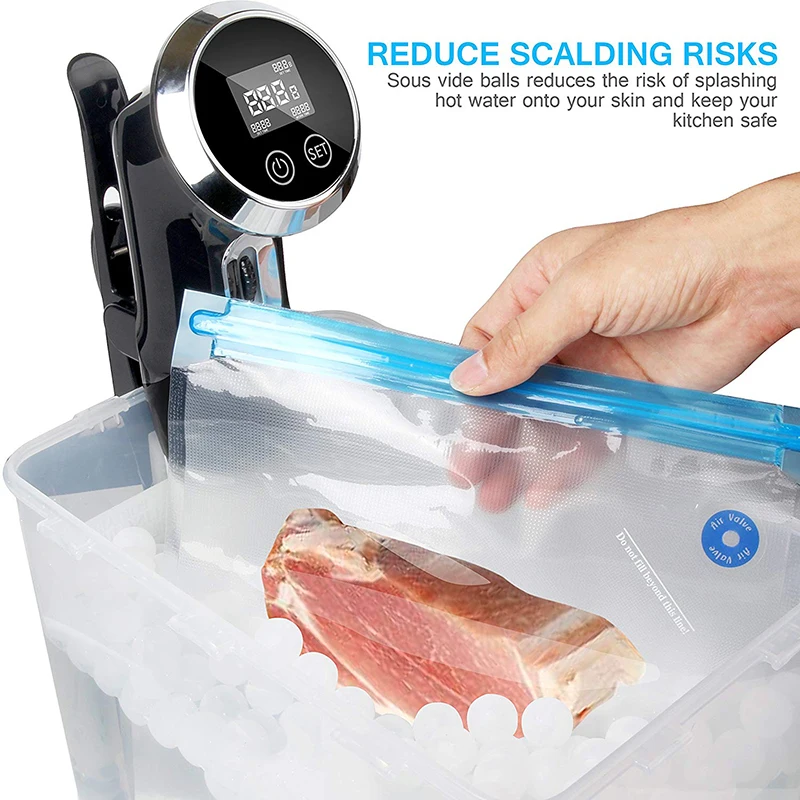
Method 2.
Place sous-vide food (whether in a mason jar or in food safe bag) in an ice-bath for a few minutes until it has cooled. In a mason jar this will create a vacuum seal which will help the food stay fresh. Foods cooked (and stored) in food-safe bags are already in vacuum so they will remain fresh. Place in refrigerator for up to 3 days or in the freezer for upto 1 month. Before serving, portion out desired amount, puree (optional) and heat over bain marie.
Stage 2. Mixing it up
Now that you know what your baby likes (and dislikes), it’s time to mix it up! Pair popular veggies with not so popular ones. For example in our case, chayotes and carrots were instant hits, while zucchini not so much, so we paired them in a 2:1:1 ratio and she loved it!
In this stage you can start adding some legumes, grains and meats. Try getting your baby used to flavour combinations you use at home and try to use veggies from different color families to make sure she is getting a variety of vitamins and minerals.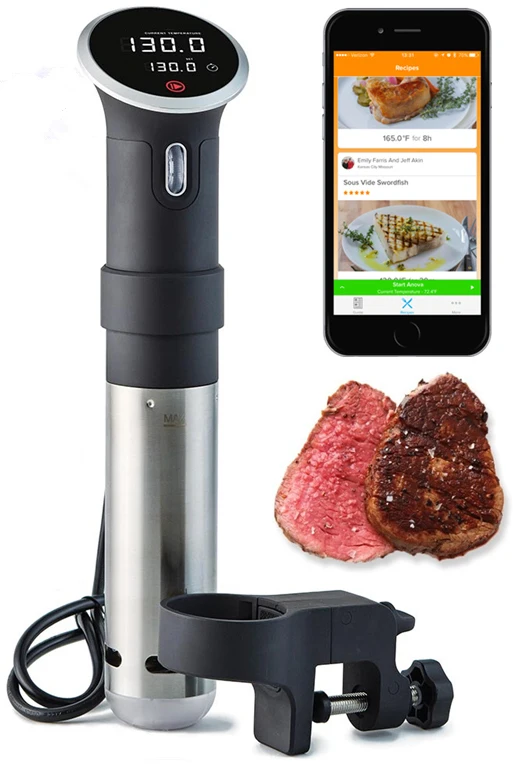
Remember be patient and positive, but most of all have fun!!
If you’re interested in sous-vide cooking at home head over to Nomiku their blog is full of awesome recipes, you can also head to bagsoakeat for recipes and reference values. For more info on baby food and parenting Mama Natural is a super useful resource.
Do you have any helpful tips about baby food? Please share below!
Like this:
Like Loading...
219. How to Sous Vide Meat Safely for BLW with Iliana Cru — Baby-Led Weaning Made Easy
219. How to Sous Vide Meat Safely for BLW with Iliana CruKatie Ferraro
Ever wonder what other ways you can use to cook meat for your baby during baby-led weaning? In this episode Iliana Cruz, an owner of a meat processing plant specializing in the sous vide cooking method is here to describe how using this method of cooking can help prepare meat with perfect texture and consistency for BLW.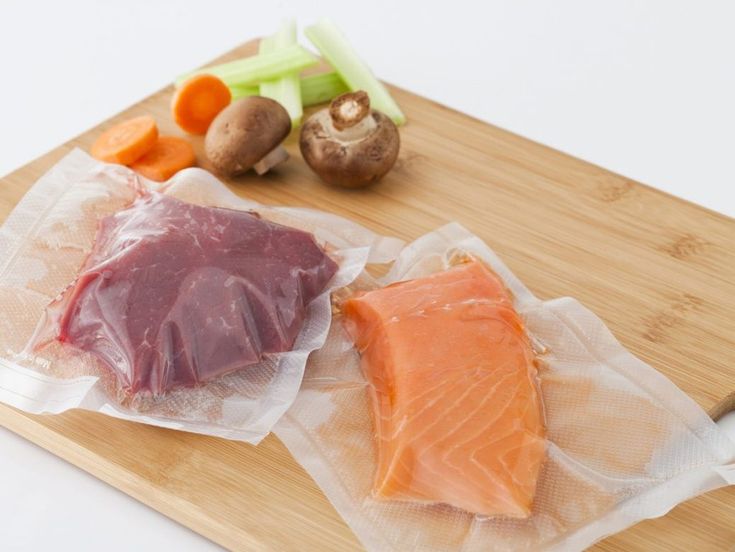
LISTEN TO THIS EPISODE
SUMMARY OF EPISODE
In this episode I’m interviewing Iliana Cruz who talks about:
The sous vide method of cooking and how this can be a safe option for cooking and offering meats to babies
The different cuts of meat that do best in sous vide cooking and also end up with a consistency that is soft for baby-led weaning
Iliana’s personal experience with their youngest baby who is currently doing baby-led weaning and eating meats that are cooked with the sous vide method
ABOUT THE GUEST
Iliana Cruz and her husband are owners of a meat processing plant in Columbus, Ohio called Hudson Meat Company which specializes in cooking meat using the sous vide method
They are parents to 5 children and had never done baby-led weaning until their last baby Adrian who is now 8 months old
Their company cooks meat for food service, cutting time by half in restaurants, cruise ships and the Army
LINKS FROM EPISODE
BUTCHER BOX
Butcher Box home-delivered meat subscription service: get monthly deal of free meat plus $10 off your first order with this link (this is an affiliate link).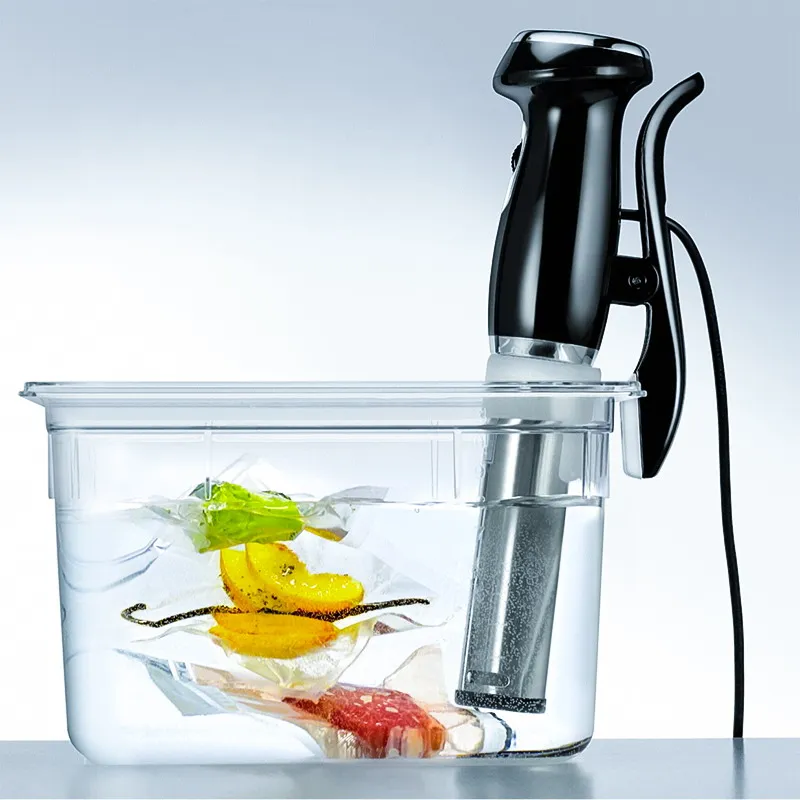
CHECK OUT THE BUTCHER BOX OFFER HERE
TRANSCRIPT OF EPISODE
WANT MORE BLW INFO?!
SUBSCRIBE to the BABY-LED WEANING MADE EASY PODCAST - new episodes are released on Monday and Thursday and subscribing means you’ll never miss what’s new (+ you’ll get notified about special bonus episodes too!)...subscribe here.
Grab my free download called 10 EASY STARTER FOODS FOR BABY-LED WEANING - sometimes just getting the confidence to get going will help you realize your baby CAN and WANTS to do this self-feeding thing! < < CLICK HERE FOR THE 10 STARTER FOODS DOWNLOAD > >
REGISTER for my free online workshop BABY-LED WEANING FOR BEGINNERS: How to get your baby to try 100 foods before turning 1 without you having to spoon-feed purees or buy pouches. Everyone on the workshop gets a copy of my 100 FIRST FOODS list so you’ll know exactly what foods babies CAN eat when they’re ready for BLW! Register for this week’s workshop times here.
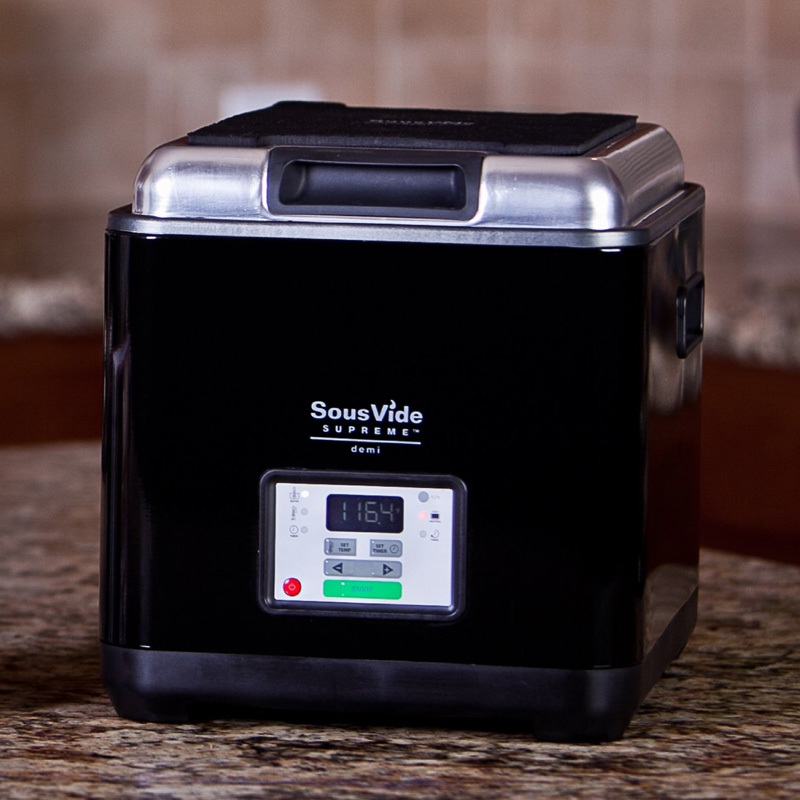
Katie Ferraro
Katie Ferraro
LATEST EPISODES
282. Teaching Your Baby Sign Language: Do's & Don'ts with @signngrow Mary Smith
281. Water: Why Offering Water to Early Eaters Can be Dangerous
280. Salvage Food: How to Save Money and Safely Feed Your Baby with Hope from Under the Median
279. Batch Cooking: 4 BLW Foods You Can Make Ahead of Time
278. Costco Foods Babies can Safely Eat with @costcodeals Henry
277. 10 Reasons to Go All-In on Baby-Led Weaning
276. Optimal Cord Clamping and its Effect on Infant Iron Levels with Alan Greene, MD
275. Soy: 3 Ways to Introduce Soy to Babies (…and why soy milk is not one of them)
274. Baby Has Skin Reactions to Milk, Egg and Peanut: What Should I Do Next? with Carina Venter, PhD, RDN
273.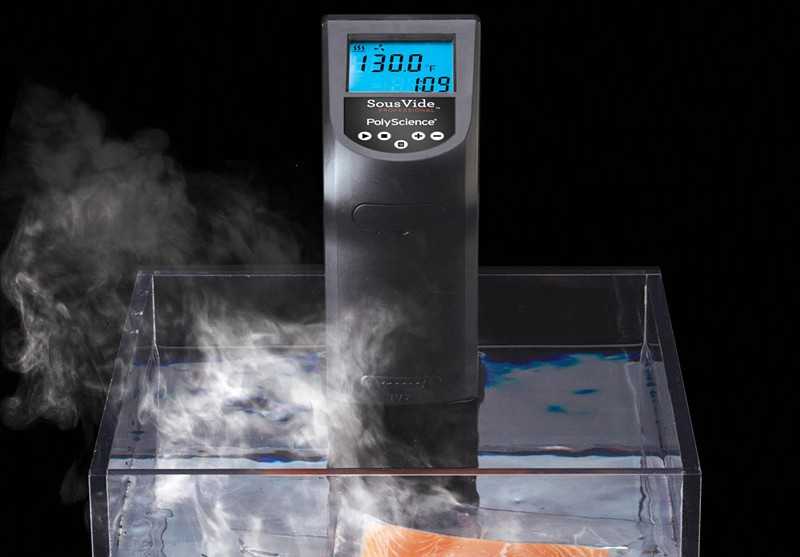 Chia or Flax Seed: Which is Better for Babies?
Chia or Flax Seed: Which is Better for Babies?
220. Proposed WIC Food Package Changes for Infants with Darlena Birch, MBA, RDN
218. Down Syndrome BLW Success Stories with @ableappetites Sabrina Smiley Evans, MS, CCC-SLP
175. Pork: How to Safely Prepare Pork for Baby-Led Weaning
176. BLW at the Butcher: Identifying Ideal Cuts of Meat for Babies with 4th Generation Butcher Cara Nicoletti
223.
 Ground Meat: How to Safely Offer Ground Meat for Babies
Ground Meat: How to Safely Offer Ground Meat for Babies Sous-Vide Technology: A Complete Guide
The third edition, fixed and supplemented
| 10 Simple recipes for dinner 15 minutes Enter your email and get Book of Recipes - instantly and free! |
If this is your first time hearing the term "sous vide", I envy you a little - because you have yet to get acquainted with this cooking technology that will change all your ideas about tasty and healthy food.
Sous-vide technology (translated from French as "under vacuum") began with the food industry and restaurants, but now sous-vide has become available even to the most ordinary housewives. To get the most out of sous-vide technology, you need special equipment, but some recipes can be prepared using only what is already in your kitchen.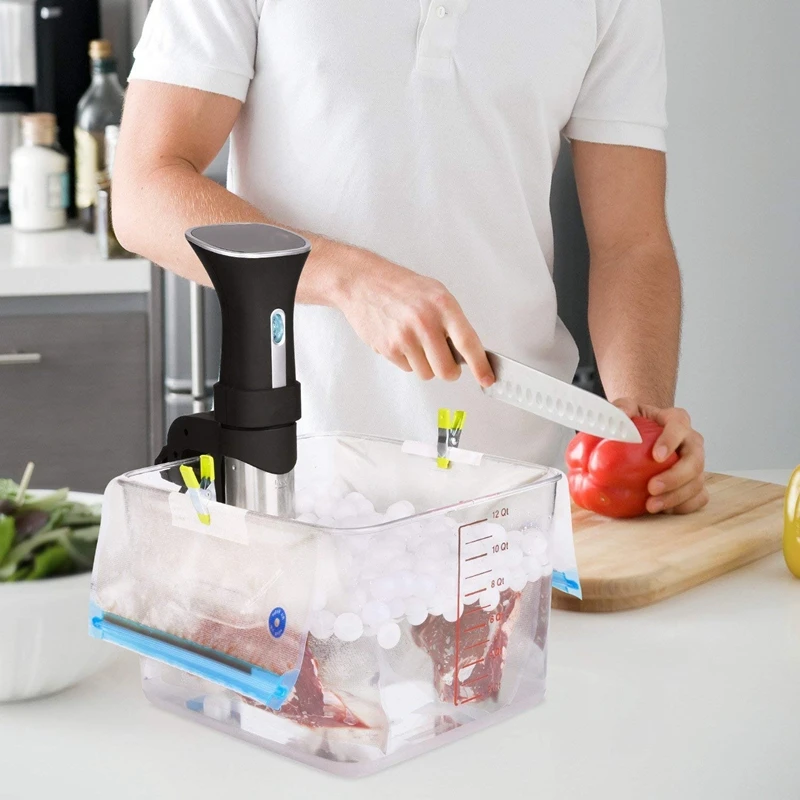
This article is a comprehensive answer to the question "What is sous vide technology" in a human language.
Sous vide immersion thermostat
The essence of sous vide
Let's start with the basics. The essence of the method is very simple: the products are sealed in a special plastic bag from which air is pumped out, after which they are cooked in water at a constant temperature, usually within 70 degrees for fish, meat and seafood, and 85 degrees for vegetables. As a result, several goals are achieved at once:
- If the surface of the meat is exposed to temperatures several times higher than the cooked temperature when frying or roasting meat, the sous-vide technology cooks dishes delicately, and the temperature in the middle and on the surface of the finished product will be the same, nothing dry and not burn;
- Thanks to the low-temperature processing, the cell membranes remain intact, so the dishes are much juicier;
- Vacuum packaging preserves all flavors and aromas inside the product, and promotes better penetration of spices and marinades into the product;
- The right choice of cooking time and temperature softens the food, and in tough pieces of meat that are usually boiled or stewed, muscle collagen is converted into gelatin: any, even the cheapest cut, can be cooked so that it will have a divine taste and texture.
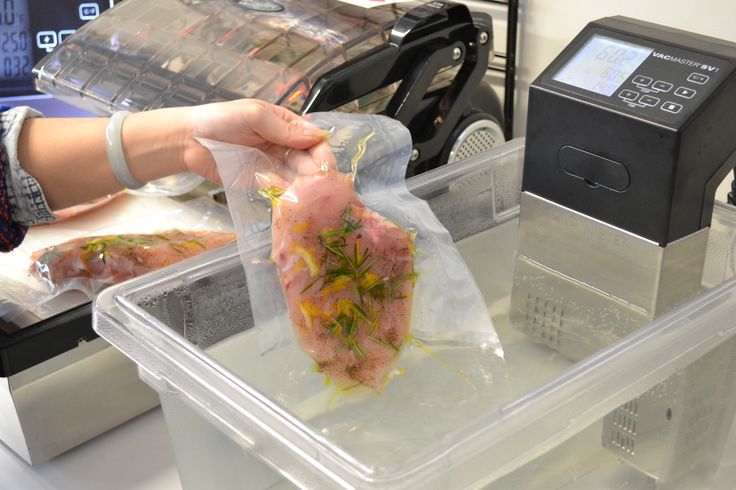
- Vegetables cooked with this method, on the other hand, retain a crisp, crisp texture that is almost impossible to achieve with conventional cooking.
Sous vide pork belly has a rich taste and literally melts in your mouth
Cons of the sous vide method
To summarize all of the above, we get the perfect taste, perfect aroma and perfect texture of the finished dish . A dream, not a method, right? However, the sous-vide technology also has disadvantages. I will list them, since there are not so many of them:
- The Maillard reaction, which is responsible for the browning of cooked foods, starts at about 154 degrees - much higher than you need for cooking any sous-vide dishes. This means that to give the finished dish an appetizing look, it will have to be fried either before or after cooking using this method.
- If sous-vide cooking takes place at temperatures below 52 degrees and takes more than 4 hours, there is a risk of reproduction of botulism pathogens, which feel very comfortable in these conditions.
 To avoid this danger, select a higher temperature for foods that take more than 4 hours to cook.
To avoid this danger, select a higher temperature for foods that take more than 4 hours to cook. - Finally, sous-vide cooking requires special tools: a vacuum machine to seal foodstuffs in vacuum bags, and a device that allows you to maintain a constant temperature and control it to a fraction of a degree. Next, I will talk about how you can try to do without them.
Vacuum-packed shrimp with chunks of butter
Sous vide Q&A
In this section I have collected all the basic questions that may arise when mastering the sous vide method. Click on the question you are interested in to reveal the answer, and if you did not find your question, write in the comments and I will add it to the article.
Sous vide for beginners
I don't have special sous vide equipment, but I still want to try it. Can it be done?
How can I do without a vacuum sealer?
How do you manage without a sous vide device?
How is sous vide different from regular brewing?
Where can I get recipes for sous vide?
Vacuum cleaner questions
Can I use any plastic bags for the vacuum cleaner?
Which bags are best for a vacuum cleaner?
Already during preparation, it turned out that the bag was not sealed completely, and water got inside. How to avoid it?
How to avoid it?
When I try to vacuum pack food with sauce or marinade, the liquid gets into the vacuum and the bag cannot be sealed. How to be?
Sous vide cooking questions
When should spices and seasonings be added to sous vide dishes?
Can the dish be served immediately after preparation?
Is it possible to prepare sous vide dishes in advance and reheat them later?
What happens if you cook too long?
Safety issues
Is it safe to put food in plastic bags in hot water? Indeed, in this case, plastic can release all sorts of harmful substances.
I'm afraid the low temperature won't be enough to kill parasites that may be in meat or fish.
Sous vide - the easiest way to cook a poached egg of perfect shape and consistency
sous vide at home
The simplest home vacuum cleaner is cheaper than a blender, but at first you can do without it. The main beauty of the vacuum-packed product is that it can be cooked and thrown into the refrigerator, quickly warmed up and served if necessary - an optional feature, but very useful both in a restaurant and at home. Instead of a vacuum sealer, you can get by with cling film or a plastic bag with a zip lock - I described in detail how to do this in the previous section. Well, if you are cooking in a liquid (sauce, juice, syrup, broth, etc.), a regular food bag will do: fold the food, fill it with liquid and tie the bag so that there is no air in it.
The main beauty of the vacuum-packed product is that it can be cooked and thrown into the refrigerator, quickly warmed up and served if necessary - an optional feature, but very useful both in a restaurant and at home. Instead of a vacuum sealer, you can get by with cling film or a plastic bag with a zip lock - I described in detail how to do this in the previous section. Well, if you are cooking in a liquid (sauce, juice, syrup, broth, etc.), a regular food bag will do: fold the food, fill it with liquid and tie the bag so that there is no air in it.
Now let's deal with water.
The big news: the temperature of the water will have to be measured and constantly monitored, so you can't do without a thermometer: I myself used a meat thermometer, although there are better devices. However, it’s not all that complicated: in home appliances for sous vide, an error of one degree is quite acceptable, and with short cooking (it’s better to start with those dishes that take no more than half an hour to cook), the difference will not be very noticeable and a few degrees.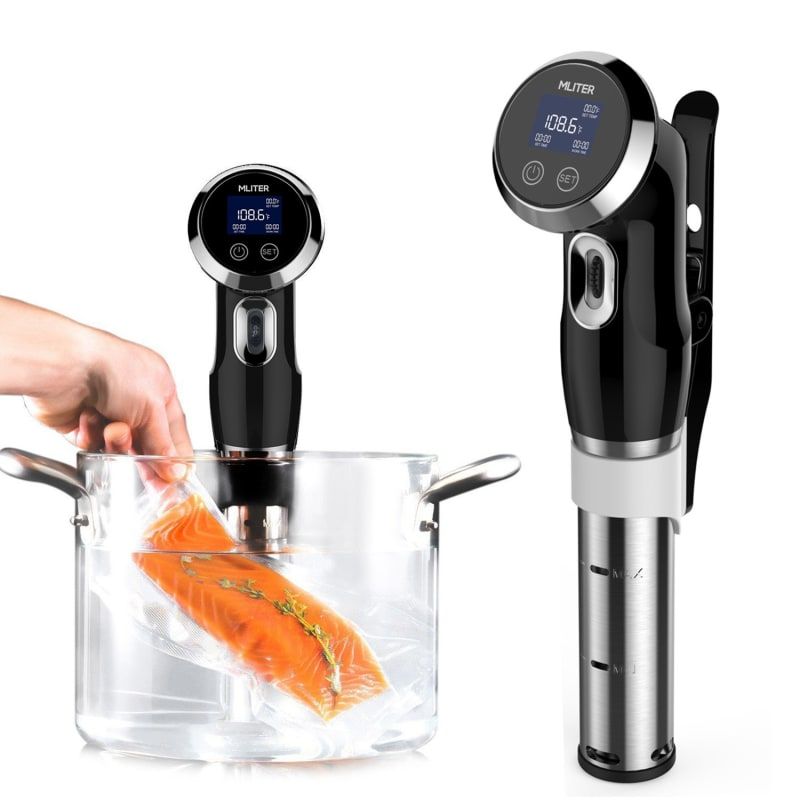
Over the years that I have been writing about sous vide, I have talked a lot with craftsmen who offered their ways to control the temperature of varying degrees of sophistication - from cooking in a dishwasher (!) to using a slow cooker paired with a thermostat. A slow cooker is indeed one of the most affordable ways to maintain the required temperature, fortunately, the latest multicooker models allow you to set the desired temperature to the nearest degree. Well, with those who do not have such a multicooker, I will share my own experience.
Absolutely any food is suitable for cooking in sous vide, but it is better to train on fish or meat. Season the product and rub it on all sides with suitable spices, then pack it in cling film or a zip-lock bag in the manner described in the previous section. Dip in a saucepan with preheated water, if necessary, pressing something on top so that your package does not float up, and bring to readiness: for fish it is 12-15 minutes at a temperature of 60-70 degrees, for red meat - 20-30 minutes at 55 degrees for medium rare, 60 degrees for medium. To maintain the temperature of the water at the right level, put the pan on a small fire with a divider or in the oven, heated to the desired temperature, and check the temperature: at first often, then every 5-10 minutes. To quickly remedy the situation, keep a kettle of boiling water and ice cubes on hand, and if you manage to find the right heat, consider that it's in the bag.
Dip in a saucepan with preheated water, if necessary, pressing something on top so that your package does not float up, and bring to readiness: for fish it is 12-15 minutes at a temperature of 60-70 degrees, for red meat - 20-30 minutes at 55 degrees for medium rare, 60 degrees for medium. To maintain the temperature of the water at the right level, put the pan on a small fire with a divider or in the oven, heated to the desired temperature, and check the temperature: at first often, then every 5-10 minutes. To quickly remedy the situation, keep a kettle of boiling water and ice cubes on hand, and if you manage to find the right heat, consider that it's in the bag.
Cooking time should be selected depending on the thickness of the piece, and after cooking, it is recommended to wipe the meat with a paper towel and quickly - no longer than 30 seconds - fry in hot oil to form an appetizing crust.
I am sure that you will get a new acquaintance with the most ordinary products, and if you want to cook something more interesting, I invite you to my Catalog of recipes for sous vide.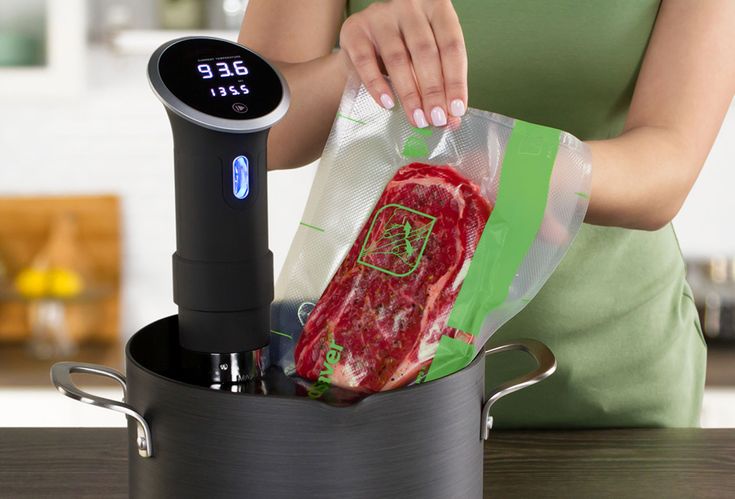
PS: If you are really interested in sous vide technology, I invite you to take my latest training course Sous vide: total immersion . Video tutorials with a squeeze from my ten years of experience, life hacks and non-obvious nuances, cooking tips, tables and a recipe book for every student! Click here to start learning.
| Would you like a GIFT from me personally? Enter your email, get a free book , and a variety of dinners in just 10-15 minutes will become a reality! |
Author: Alexey Onegin
Who is this?..
Sous Vide
Sous vide cooking involves cooking food in vacuum packaging from food polymers at low temperatures using specialized equipment.
When encountering this technology for the first time, some culinary enthusiasts may have concerns about the safety of this cooking method for the body.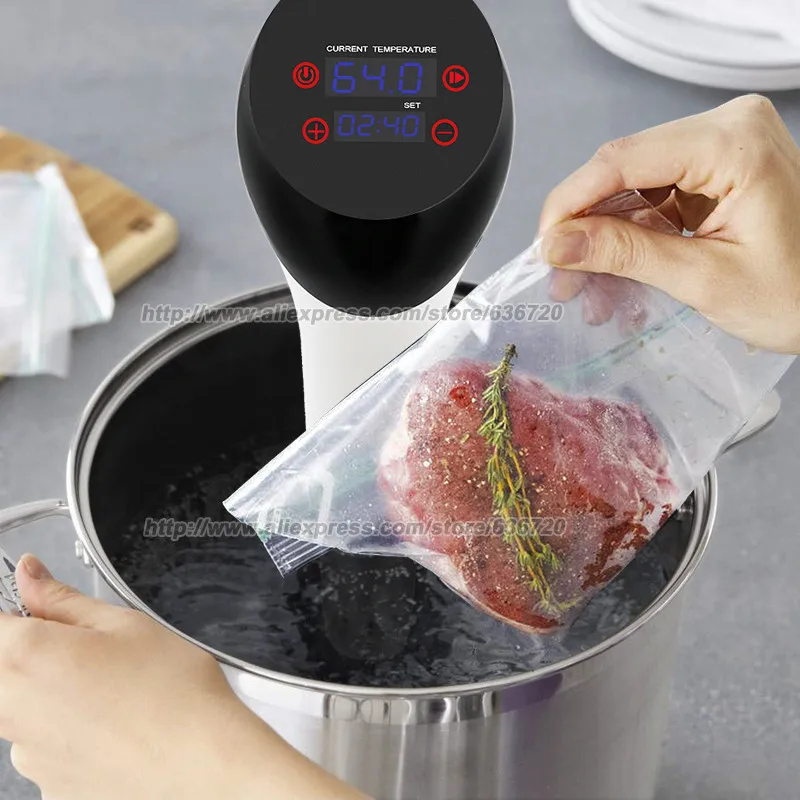 People who believe that sous vide is dangerous to health support two myths: about bacteria that do not die at such a low temperature, and about plastic, which allegedly releases harmful substances into food. Let's see if these two assumptions are correct.
People who believe that sous vide is dangerous to health support two myths: about bacteria that do not die at such a low temperature, and about plastic, which allegedly releases harmful substances into food. Let's see if these two assumptions are correct.
MYTH #1: VACUUM PACKS RELEASE HARMFUL SUBSTANCES INTO FOOD WITH SOO VIEW
A huge amount of the objects around us are made of plastic - it is an easily accessible, cheap material that is suitable for use in any area of \u200b\u200blife. Furniture, mobile phones and computers, clothing, stationery, food packaging, dishes and even children's toys are partially or completely made from it.
Plastic products are divided into 7 groups, each of them has an icon in the form of a triangle, the walls of which form arrows. Inside the triangle there is a number, from which you can find out what the product is used for and under what handling it will be safe. Some types of plastics are health threatening, for example, BPA can lead to hormonal imbalances, obesity, infertility and increases the likelihood of developing cancer.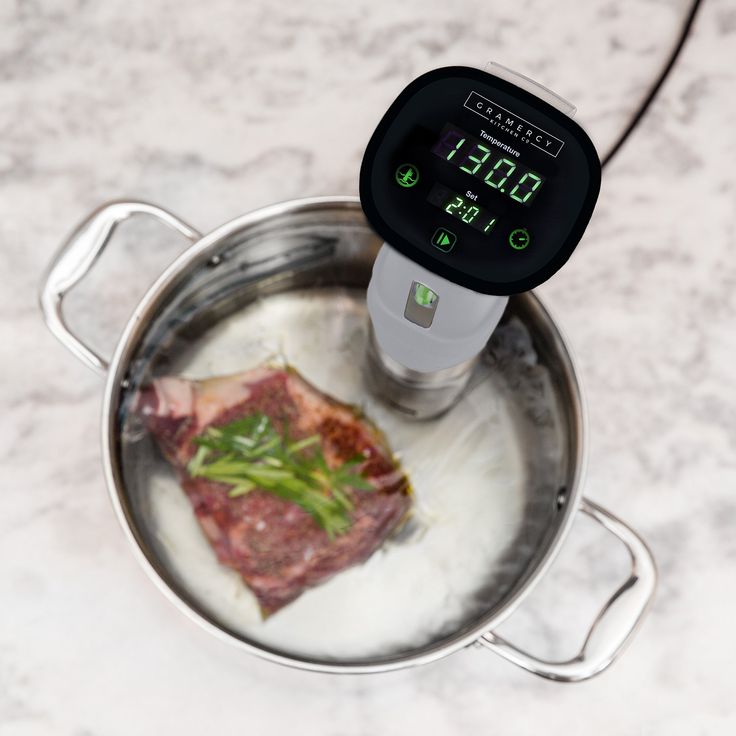
Dishes and food packaging are made from HDPE (high density polyethylene) and PP (polypropylene). Both of these types, according to official data obtained from testing, are safe and resistant to aggressive environments. HDPE withstands a temperature range from -80 to +110 degrees, and PP up to 175 degrees.
These plastics do not contain dangerous plasticizers that could penetrate fatty foods or be released when heated. The cooking temperature when using sous vide technology does not rise above 70 degrees, which eliminates reactions with dishes and specialized packages.
Therefore, answering the question whether sous-vide technology is dangerous or not from the point of view of using it in the preparation of vacuum bags, we can answer with all confidence that it is absolutely not dangerous.
MYTH #2 - FOOD PROCESSED AT SO LOW TEMPERATURES IS DANGEROUS TO HEALTH
There are many advantages to vacuum cooking at low temperatures:
- all flavors and aromas are stored in the bag;
- at low temperatures, cell membranes are not destroyed, so the dishes are more juicy;
- the correct temperature for meat stimulates the conversion of muscle collagen to gelatin without causing protein denaturation, so the meat is not tough or dry;
- vegetables retain a fresh, crunchy texture;
- the use of precise temperatures allows you to achieve different degrees of food readiness;
- better penetration into the product of marinade, spices is achieved;
- vitamins and proteins that are destroyed at temperatures above 90 degrees remain in place;
- any meat, including tough and dry, can be cooked soft and tasty.
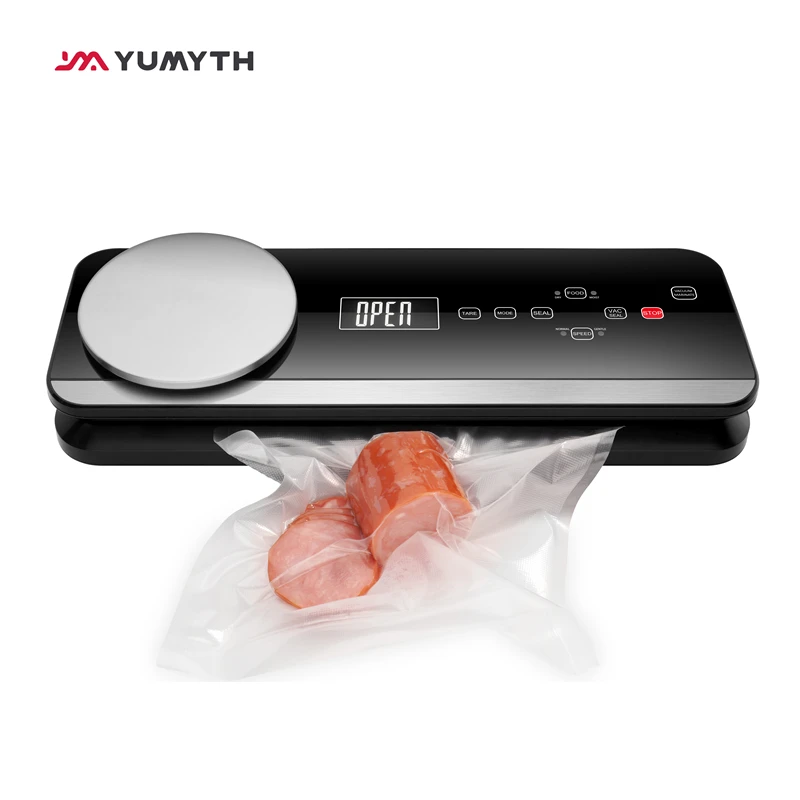
Why is there an opinion that this technology is dangerous for cooking? This is due to products of animal origin - namely, the meat of warm-blooded animals, fish, seafood, or rather, the bacteria, spores and parasites that are in them.
Answering the question “Is sous vide technology dangerous or not?”, it is important to say about two things: temperature and time. Consider, using the example of cooking fish, at what temperatures and time of exposure to the product dangerous microorganisms die.
Fish may contain Salmonella, Listeria, E. coli, Clostridium botulinum, which causes botulism, or parasites such as anisakids. Some of them can be dealt with by pasteurization or by pre-cooling/freezing the product if it needs to be cooked at very low temperatures (38-44 degrees for tuna). The time and temperature of pasteurization depends on the bacteria that you plan to get rid of:
- Salmonella - heat treatment at 65.5 degrees (0.5 minutes), at 54.
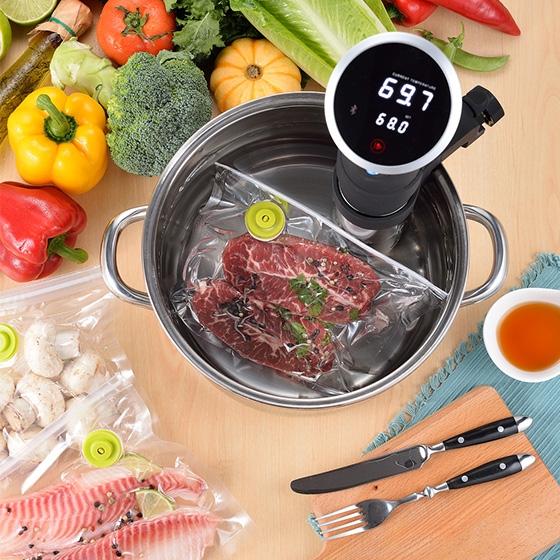 5 (15 minutes).
5 (15 minutes). - Clostridia - heat treatment at 80 degrees (30 minutes). This option is not suitable for the sous vide method, but there is a way out - the bacterium cannot multiply in the presence of oxygen, so it is enough to ventilate the bag from time to time if you plan to cook the fish for a long time (with a cooking time of up to 4 hours, the oxygen in the bag does not have time to be used up in the oxidation reaction ). Another option is to use acid in cooking (lemon, lime juice).
- Parasites - freeze fish for 7 days and more at -20 degrees.
There are tables of the dependence of the thickness of the piece, cooking time and temperature.
The sous-vide cooking method can be used for any product, the main thing is to follow the technology and a few basic rules: choose only high-quality products, use safety tables, observe the temperature regime, use pre-freeze if necessary. If leftover food remains, immediately put it in the refrigerator, because at room temperature microorganisms will begin to multiply again.
Pregnant women and people with reduced immunity are not recommended to eat foods prepared using sous-vide technology. Such a warning is given by all serious sous vide sources in the security sections.
HOME COOKING
To ensure your safety when cooking meat and fish at home, it is important to remember the temperature rule. To cook sous vide at home, you must have a temperature measuring device (anything from a thermometer to a thermal imager).
The disadvantage of home cooking in a simple pot of water is that you will have to constantly measure and control the temperature. For home use, you can replace vacuum bags with zip-locks or plain cling film, which will help to give a result remotely similar to sous vide.
In order to cook food at home with high quality, tasty, to guarantee yourself a safe, proper diet and to perfectly follow the technology, it is better to use a slow cooker, a bath with a thermostat or a specialized sous-vide machine, in which it is enough to put the prepared products and forget about them, and also use a vacuum sealer to create products with ideal cooking conditions.